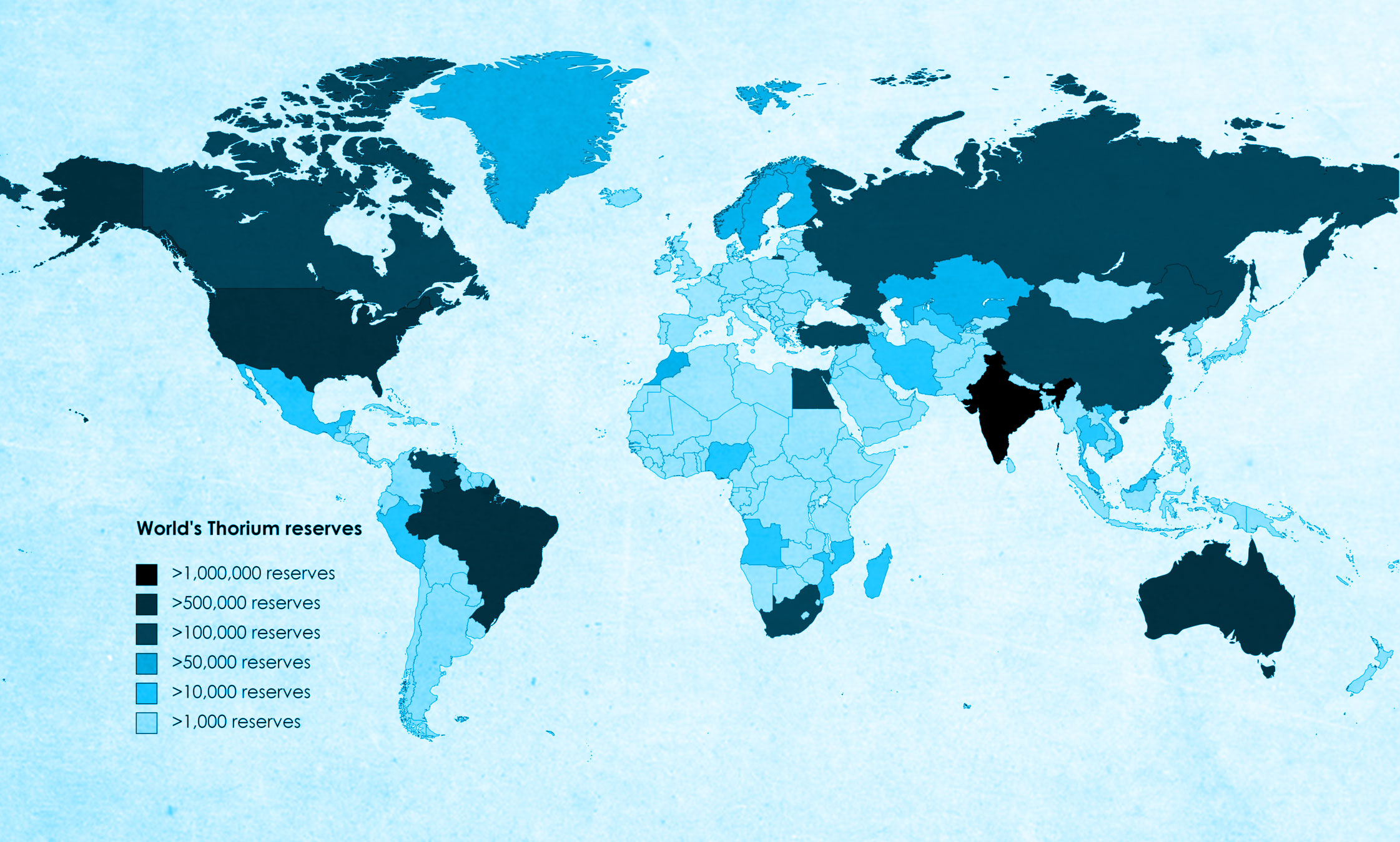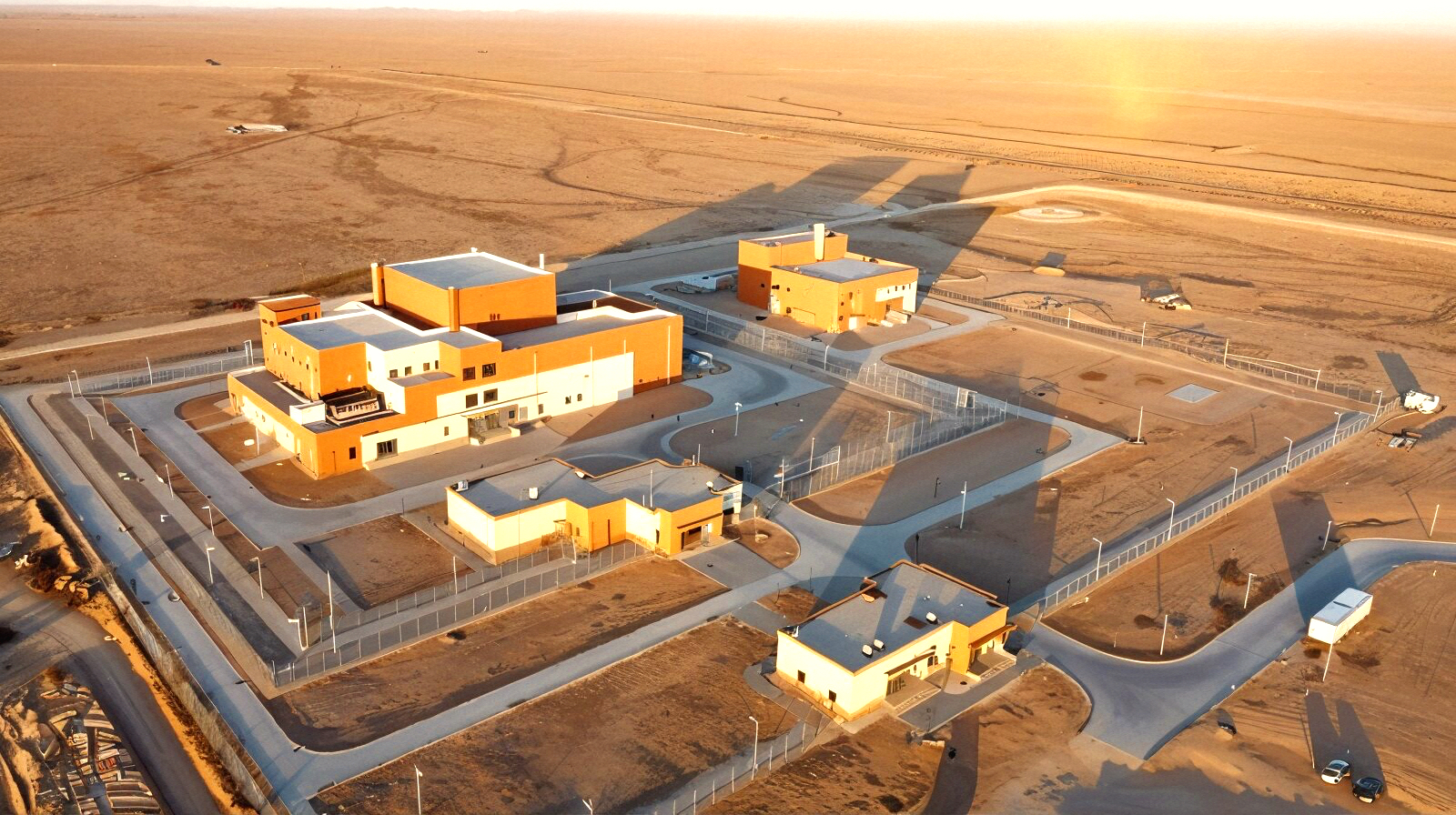Watch Pandora's Promise on CNN on Thursday, November 7th, 8PM CST. If you miss it, you will be able to download it on iTunes on the 3rd of December for $15 for SD and $20 for HD quality. Watch trailer, Q&A sessions and reports below.
Synopsis of Richard Rhodes' movie, Pandora's Promise:
In the next few decades, humankind will need to double, or even triple energy production as billions of people in the developing world lift themselves out of poverty and begin to live modern lives. Unless the energy of the future is clean and non-CO2 emitting, the risk of triggering global climate catastrophe is almost certain. With the world’s unquenchable thirst for energy and its resulting threat to our environment, the stakes may be nothing less than the survival of the planet. This monumental dilemma, and the limitations of solutions like wind and solar, have left the mainstream environmental movement on the verge of utter disarray.
Uniquely positioned to explore this question, Stone began his filmmaking career directing one of the great anti-nuclear documentaries, the Oscar®-nominated Radio Bikini. In 2009, his celebration of the rise of the modern environmental movement, Earth Days(Sundance Closing Night Film), established him as one of the great chroniclers of environmentalism.
With a no-holds-barred approach to nuclear power’s troubled past, Stone opens PANDORA’S PROMISE with a trip inside the “exclusion zone” at Fukushima, accompanied by British climate expert Mark Lynas. He moves on to revisit and meditate on the iconic accidents at Three Mile Island and Chernobyl. Investigating the genesis of our collective anti-nuclear psyche – from the dropping of the atomic bomb on Hiroshima, the shadow of nuclear weapons testing and the entire baby boomer generation coming of age during the Cold War – Stone reveals that much of what passes for common knowledge about nuclear energy turns out to be based on a false premise: the conflation of nuclear power with nuclear weapons.
Intrigued by the story of a growing number of environmentalists who have had a fundamental change of heart about nuclear energy, Stone elegantly juxtaposes the personal narratives of five extraordinary individuals – Stewart Brand, Richard Rhodes, Gwyneth Cravens, Mark Lynas and Michael Shellenberger – to explore how and why they have come to see advanced nuclear power as humankind’s greatest hope. Tracing their transformations, Stone turns to science, taking viewers along for the ride on his subjects’ intellectual odyssey. The film also reveals the career trajectories of two pioneering scientists who led the development of a safer and very different nuclear energy technology than what the world has come to know.
Rather than being dismissed after Fukushima, nuclear power is now gaining traction, with President Obama cheering the U.S. Department of Energy’s purchase of small modular reactors, China and India aggressively pursuing a dramatic expansion of their reactor fleet with advanced nuclear designs, and climate scientist James Hansen’s recent scientific paper focusing on the promise of nuclear energy as our best hope for dramatically reducing CO2 emissions.
As a new generation looks beyond the ideological orthodoxy that has commanded mainstream environmental thinking on climate and energy – on both the Left and the Right – nuclear power will inevitably be a part of this critical debate.
Everyone thinks they know the story of Pandora’s Box: she opens the box and all the terrors of the world come flying out. But what most people forget, or perhaps never learned, is that the story does not end there. For according to the myth, at the bottom of the box, Pandora found hope.
Directors's Statement
I’ve considered myself a passionate environmentalist for about as long as I can remember. My mother read me Silent Spring when I was nine and the specter of the Cold War nuclear arms race was not an uncommon topic around the dinner table in my family. So my anti-nuclear and environmental roots run very deep. My first film was an anti-nuclear weapons documentary, Radio Bikini, that premiered at Sundance in 1988 and went on to receive an Oscar® nomination for Feature Documentary. My film Earth Days, which was the Closing Night Film at Sundance in 2009, chronicles the rise of the environmental movement of my youth. In the course of making Earth Days I began for the first time to see the deep pessimism that has infused today’s environmental movement, and to recognize the depth of its failure to address climate change. It was initially through getting to know Stewart Brand that I was introduced to a new and more optimistic view of our environmental challenges that was pro-development and pro- technology. From there I began to seek out and discover a small but growing cadre of people around the world who were beginning to stand up and challenge what had become the rigid orthodoxy of modern environmentalism.
It’s no easy thing for me to have come to the conclusion that the rapid deployment of nuclear power is now the greatest hope we have for saving us from an environmental catastrophe. Yet this growing realization has led me to question many of the founding tenets of traditional environmentalism, from the belief that we can dramatically reduce our energy demand through energy efficiency, to the belief that solar and wind will one day power the planet. The almost theological adherence to a set of unquestionable beliefs by most liberals and environmentalists has likely contributed as much or more to prolonging our addiction to fossil fuels as the equally appalling state of denial among many conservatives when it comes to climate change. Both sides are locked into rigid, self-righteous ideological positions with potentially disastrous consequences for us all unless we begin to face the facts.
For the past three years I have devoted almost every waking moment to taking these ideas and shaping them into a documentary about what is perhaps the biggest and most unwieldy subjects imaginable: how do we continue to power human civilization without destroying the environmental conditions that have made modern civilization possible? I knew from the beginning that this film would have to be firmly grounded in personal narrative if it were to have any impact at all on a mass audience. Early on, I determined that the film would be framed around a few key individuals who had undergone a dramatic intellectual metamorphosis on the issue of nuclear power, as I myself had done. The evolution of their apostasy on this issue – their journey from being staunchly anti-nuclear to passionately pro-nuclear – forms the central dramatic arc of the film. My hope is to take the audience on a similar journey of discovery through the process of watching the film.
PANDORA’S PROMISE is without question the most personal and important film of my career. I’ve learned that just about everything I thought I knew about energy turned out to be wrong. And most of what I had been led to believe about nuclear energy and its historical events turned out to be significantly different from what had really happened.
The making of this film has taken me to four continents on a grand tour of the hidden world of nuclear energy. I’ve been inside the doomed power plant at Chernobyl (the first outside cameraman to do so, I believe), deep into the Fukushima exclusion zone, and to a popular beach in Brazil that has a naturally occurring background radiation level that’s over 300 times what is considered “normal!” I’ve visited a little known research facility in Idaho where a new kind of reactor was developed 20 years ago that can’t meltdown and is fueled by nuclear waste.
If there was a single ah-ha moment for me it was when I was granted entry into a room in France (the size of a basketball court) where all the waste from powering 80% of the country for 30 years is stored: four cylindrical tubes 10 meters long and 1 meter wide are all that’s left from powering the city of Paris for 30 years with clean nuclear energy! I thought, “My God, what on Earth were we thinking?”
Robert Stone
April 22, 2013






